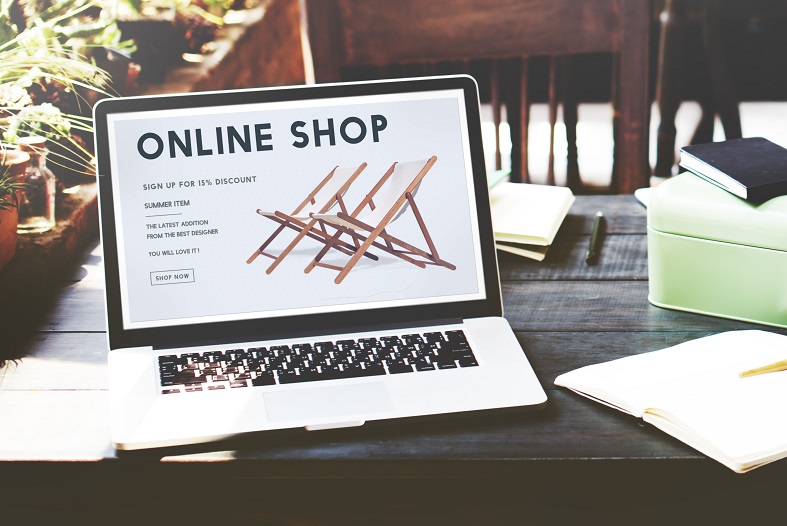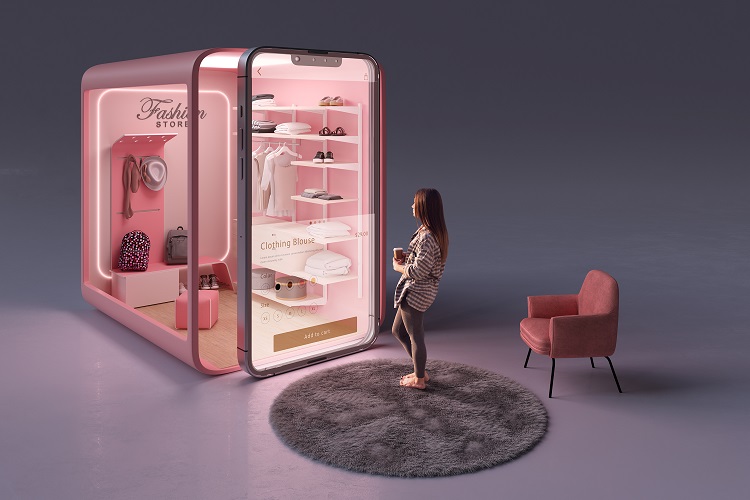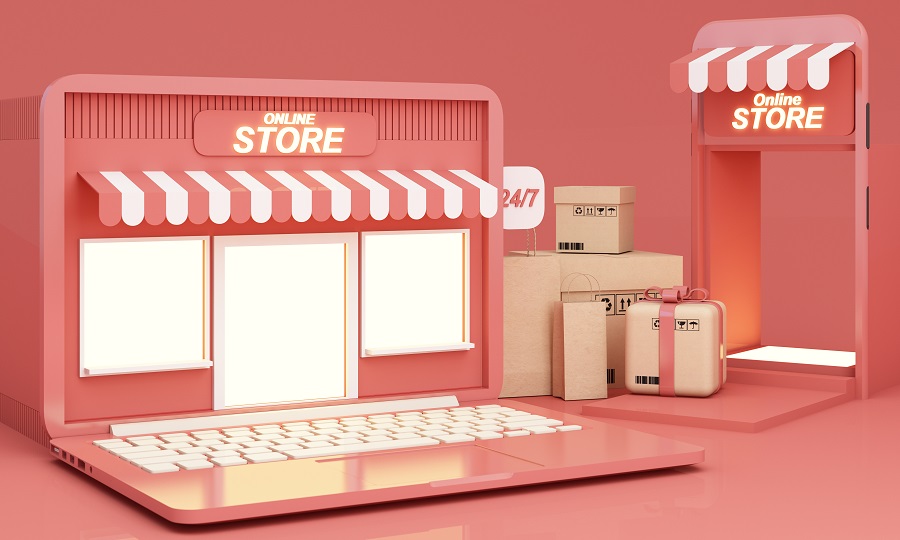BOPIS vs Traditional Retail can be tricky for some sellers, but in this article from Amazon BOPIS, we will highlight some differences between them. YouAs an Amazon seller, it’s important to understand the different fulfillment models available to you. In this article, we’ll compare the “Buy Online, Pick Up In-Store” (BOPIS) model to traditional retail fulfillment to help you make an informed decision on which one is best for your business.
Before talking about BOPIS vs Traditional Retail, if you are an online or offline seller and want to enable the option of BOPIS from Amazon, this is the right place. click here to know more!
What is BOPIS?
BOPIS is a fulfillment model that allows customers to purchase products online and pick them up in-store. This model is becoming increasingly popular as it offers convenience to customers who want to avoid shipping fees and wait times, and it can also increase foot traffic to physical stores.
How does BOPIS work?

When a customer makes a purchase using the BOPIS model, they are given the option to select a store location for pickup. Once the order is placed, the store staff will receive a notification and will prepare the order for pickup. The customer will receive an email or text notification when the order is ready and can then go to the store to pick it up.
Benefits of BOPIS
- Increased foot traffic to physical stores: BOPIS can drive customers to visit brick-and-mortar stores, increasing the likelihood of additional in-store purchases.
- Reduced shipping costs: Customers can avoid shipping fees by picking up their orders in-store.
- Faster fulfillment: You can fulfill BOPIS orders faster than traditional shipping methods, as the customer is picking up the order themselves.
Drawbacks of BOPIS?
- Requires physical store locations: In order to offer BOPIS, a retailer must have physical store locations for customers to pick up their orders.
- Increased staffing needs: Stores must have staff available to fulfill and prepare BOPIS orders, which can increase labor costs.
- Limited availability: Not all products may be available for BOPIS, as some items may only be available for shipping.
What is traditional retail fulfillment?

Traditional retail fulfillment refers to the process of customers physically visiting a store to purchase products. This model has been around for decades and is still a popular way for customers to purchase products.
How does traditional retail fulfillment work?
Customers visit a physical store location, select the products they want to purchase and pay for them at the register. The customer then takes the purchased products with them when they leave the store.
What are the benefits of traditional retail fulfillment?
- No shipping costs: Customers do not have to pay shipping fees when purchasing products in-store.
- Immediate fulfillment: Customers can take the products they purchase with them immediately, without having to wait for shipping.
- Opportunity for in-person sales: Physical stores offer the opportunity for in-person sales and interactions with customers, which can increase brand loyalty and drive future sales.
What are the drawbacks of traditional retail fulfillment?
- Limited customer reach: Traditional retail stores are limited by their physical locations and may not be accessible to all customers.
- Limited store hours: Customers can only purchase products during store hours, which can limit convenience.
- Limited inventory: Physical stores can only stock a limited amount of inventory, which can lead to stockouts and lost sales.
Which fulfillment model is right for your business?
The choice between BOPIS and traditional retail fulfillment depends on a variety of factors, including the type of products you sell, your target audience, and your business goals. Consider the benefits and drawbacks of each model and how they align with your business needs.
In general, if you have physical store locations, offering BOPIS can be a great way to increase foot traffic and offer a convenient fulfillment option for customers. If you are an online-only retailer, traditional shipping may be the best option for your business.



